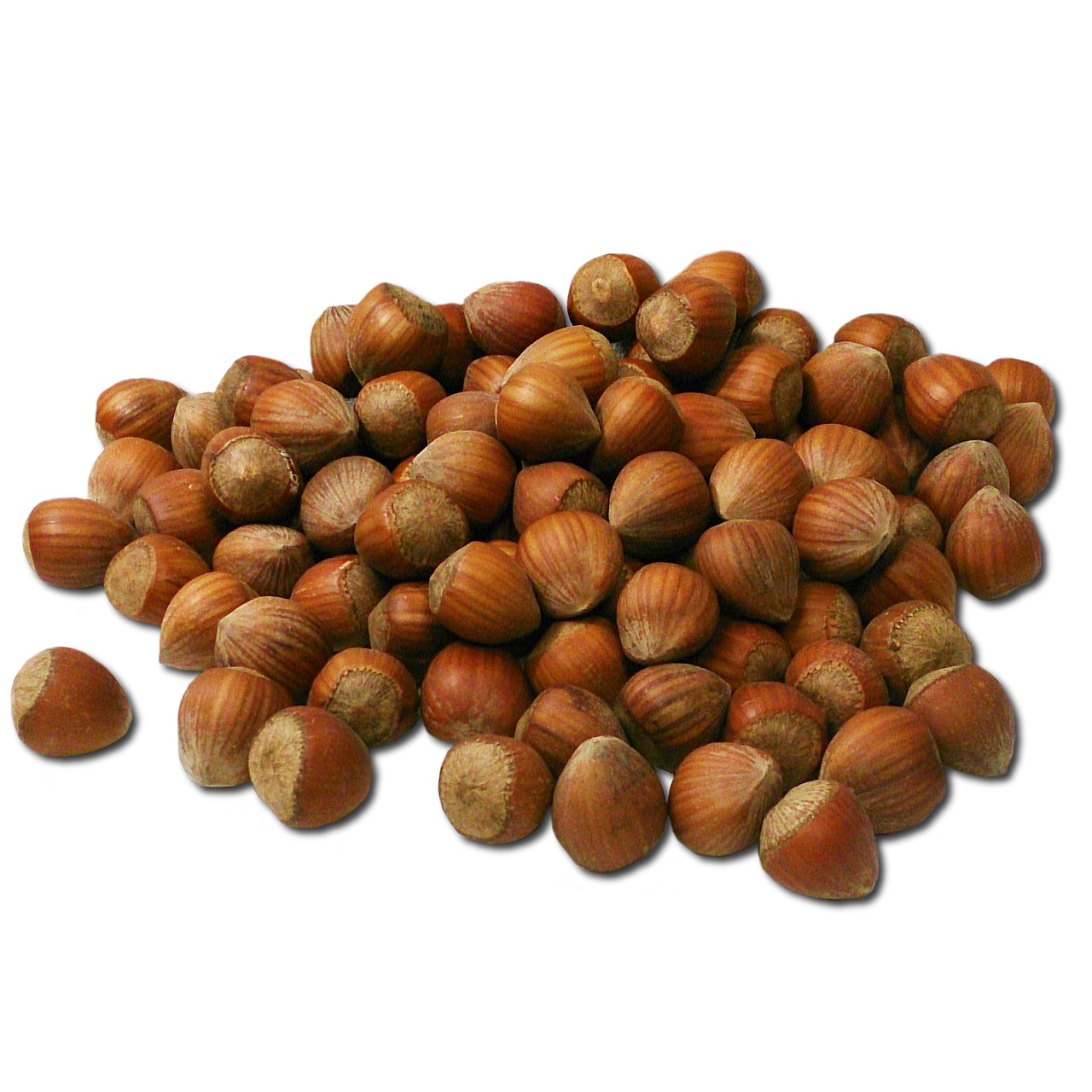The Impact of Climate Change on Food Production
Several factors contribute to the changes in agricultural productivity observed globally. One significant cause is climate variability, which includes unpredictable weather patterns, extreme events such as droughts or floods, and shifts in growing seasons. These environmental fluctuations can disrupt crop growth and development, leading to lower yields and compromised quality.
Furthermore, changes in land use and management practices play a crucial role in agricultural productivity. The expansion of urban areas, deforestation, and soil degradation can all impact the availability and quality of arable land. Poor land management techniques, such as overgrazing or excessive use of chemical fertilizers, can also contribute to declining productivity in agriculture.
Effects of Rising Temperatures on Crop Yields
Rising temperatures have a significant impact on crop yields worldwide. As temperatures increase, it can lead to changes in the growing seasons, altering the timing of planting and harvesting. This shift can disrupt the delicate balance needed for optimal crop growth, resulting in decreased productivity for farmers. Additionally, higher temperatures can also increase the water requirements for crops, leading to water stress in regions already prone to drought.
Furthermore, rising temperatures can exacerbate the spread of pests and diseases that threaten crop yields. Warmer climates can provide more favorable conditions for pests to thrive, leading to increased infestations and damage to crops. In some cases, the changing climate can also alter the geographic distribution of pests, introducing new threats to regions that were previously unaffected. These combined effects of rising temperatures pose a significant challenge for agricultural productivity and food security globally.
What are the main causes of changes in agricultural productivity?
Changes in agricultural productivity can be attributed to various factors such as climate change, rising temperatures, extreme weather events, and changing precipitation patterns.
How do rising temperatures affect crop yields?
Rising temperatures can have a negative impact on crop yields by causing heat stress, reducing photosynthesis rates, altering crop development stages, and increasing the prevalence of pests and diseases.
Which crops are most vulnerable to the effects of rising temperatures?
Crops such as wheat, corn, rice, and soybeans are among the most vulnerable to the effects of rising temperatures, as they are highly sensitive to changes in temperature and water availability.
Can farmers implement strategies to mitigate the effects of rising temperatures on crop yields?
Yes, farmers can implement various adaptation strategies such as using heat-resistant crop varieties, adjusting planting dates, improving irrigation practices, and implementing crop rotation to mitigate the effects of rising temperatures on crop yields.
What are some potential long-term solutions to address the impacts of rising temperatures on agriculture?
Some potential long-term solutions include investing in climate-resilient agriculture practices, promoting sustainable land management, supporting research and development for climate-smart crops, and implementing policies to reduce greenhouse gas emissions.





